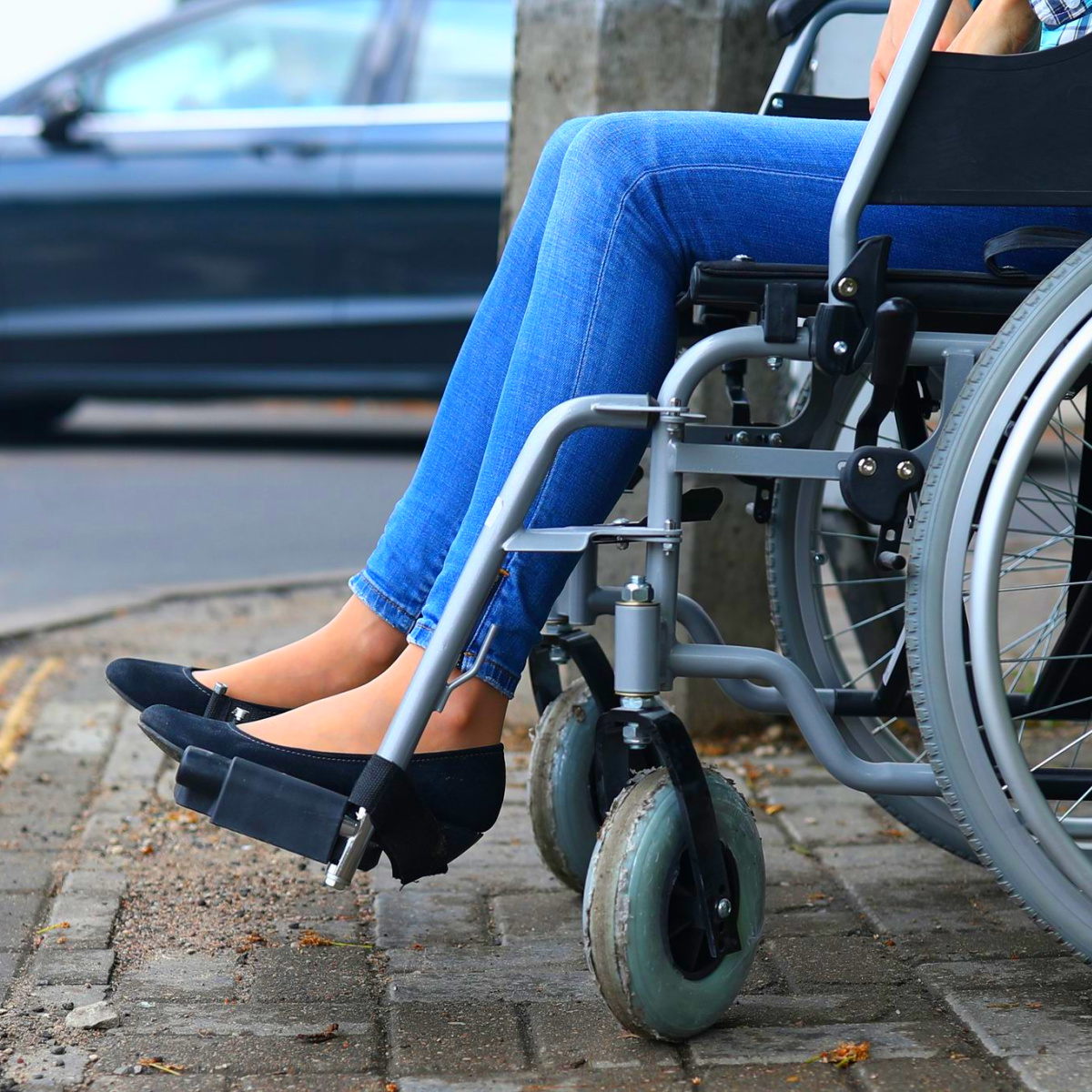Equip Yourself With The Right DME
Healthcare has been transformed by the rapidly changing furniture,
devices, and gadgets we know as Durable Medical Equipment (DME).
Equip Yourself With The Right DME
Healthcare has been transformed by the rapidly changing furniture,
devices, and gadgets we know as Durable Medical Equipment (DME).
Consumers are demanding stylish equipment

read between the lines
emotional pain hurts too
knowledge is power
you’re not alone
find comfort
spread the love
Medical Equipment Videos
Toilet
Bathtub/Shower
>$5.5K
average annual out-of-pocket expenditure on Medicare
33%
average savings on equipment order from us
18″
grab bar length to anchor to wall studs 16 inches apart
Notes from the Author

DME Who Pays and Why
The acquisition of durable medical equipment (DME) plays a vital role in maintaining and improving the quality of life for individuals with various medical conditions. However, the financial aspects of obtaining necessary medical equipment can pose challenges for consumers. We provide insights into the diverse ways consumers in the United States can navigate and access funding for essential medical equipment.
Understanding the Landscape of Medical Equipment Costs
The cost of medical equipment can vary significantly based on the type of equipment, technological features, and specific patient needs. From mobility aids like wheelchairs and walkers to more advanced devices such as oxygen concentrators and home hospital beds, consumers must have a clear understanding of the anticipated costs associated with their required equipment.
Insurance Coverage and Medicare
- Private Health Insurance: Many private health insurance plans cover certain types of durable medical equipment. However, coverage varies, and consumers should review their insurance policies to understand the specific items covered, coverage limits, and any associated copayments or deductibles.
- Medicare: The federal Medicare program covers a range of durable medical equipment under Part B. This includes items such as wheelchairs, walkers, and oxygen equipment. However, Medicare may have specific requirements for coverage, such as the necessity of a doctor’s prescription and the use of approved suppliers.
Medicaid and State Assistance Programs
- Medicaid: Medicaid, a joint federal and state program, provides health coverage for individuals with limited income and resources. Medicaid coverage for durable medical equipment varies by state, and eligibility criteria must be met. It is essential for consumers to inquire about specific state guidelines and approved equipment.
- State Assistance Programs: Some states offer additional assistance programs or waivers that provide financial support for medical equipment not covered by Medicaid. Researching state-specific programs can uncover additional resources for consumers in need.
Veteran Benefits
For eligible veterans, the U.S. Department of Veterans Affairs (VA) offers benefits that may cover the cost of durable medical equipment. Veterans should explore their eligibility for VA healthcare benefits and consult with VA representatives to understand the available assistance for obtaining necessary medical equipment.
Fundraising and Charitable Organizations
- Crowdfunding: Online crowdfunding platforms provide an avenue for individuals to raise funds for medical equipment. Friends, family, and even strangers can contribute to help cover the costs of essential equipment.
- Charitable Organizations: Non-profit organizations and charities often provide financial assistance or donated equipment to individuals in need. These organizations may focus on specific medical conditions or provide general support for those facing financial challenges.
Renting vs. Purchasing
Consumers may also consider the option of renting durable medical equipment instead of purchasing it outright. This can be a cost-effective solution, especially for short-term needs, and may alleviate some of the financial burdens associated with upfront purchase costs.
Navigating the financial pathways for acquiring durable medical equipment in the United States requires a multifaceted approach. Consumers should be proactive in exploring their insurance coverage, understanding government assistance programs, and researching alternative funding sources. Collaboration with healthcare providers, insurance representatives, and financial advisors can help individuals make informed decisions about the most viable and sustainable means of obtaining essential medical equipment. By raising awareness of available resources and fostering community support, we can contribute to a more accessible and inclusive healthcare environment for all individuals in need of durable medical equipment.
Monica Stynchula – CEO / REUNIONCare, Inc.



